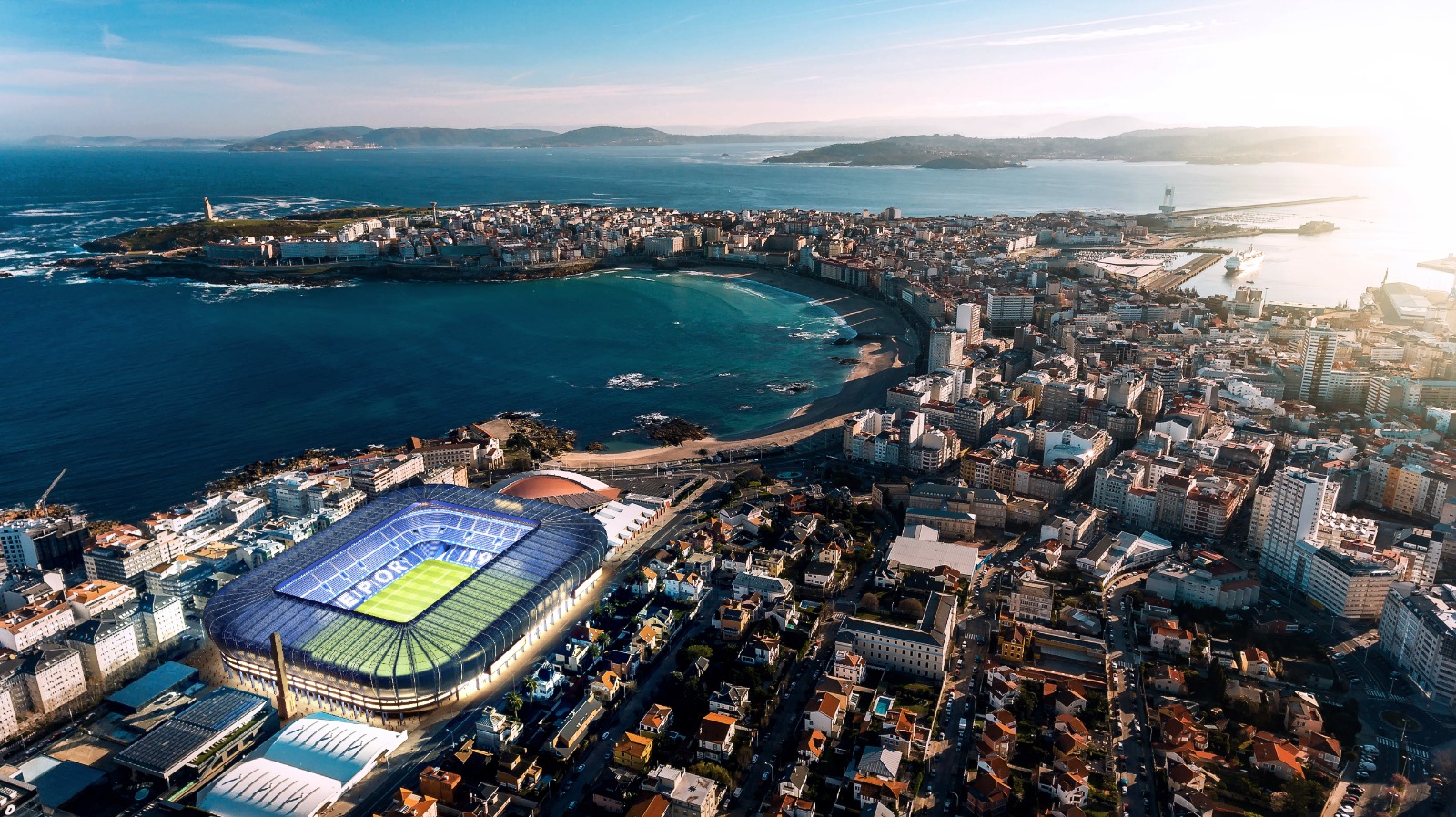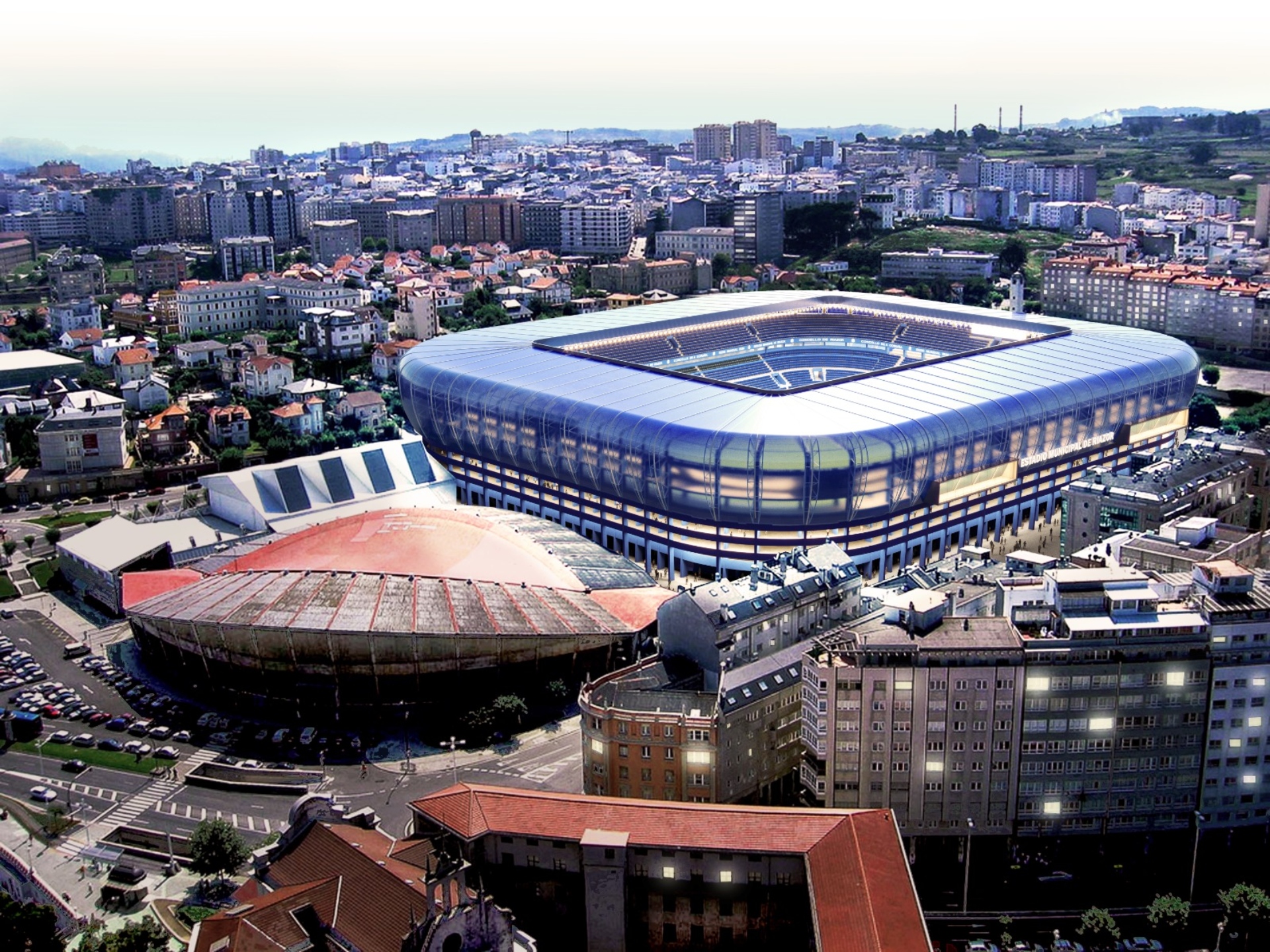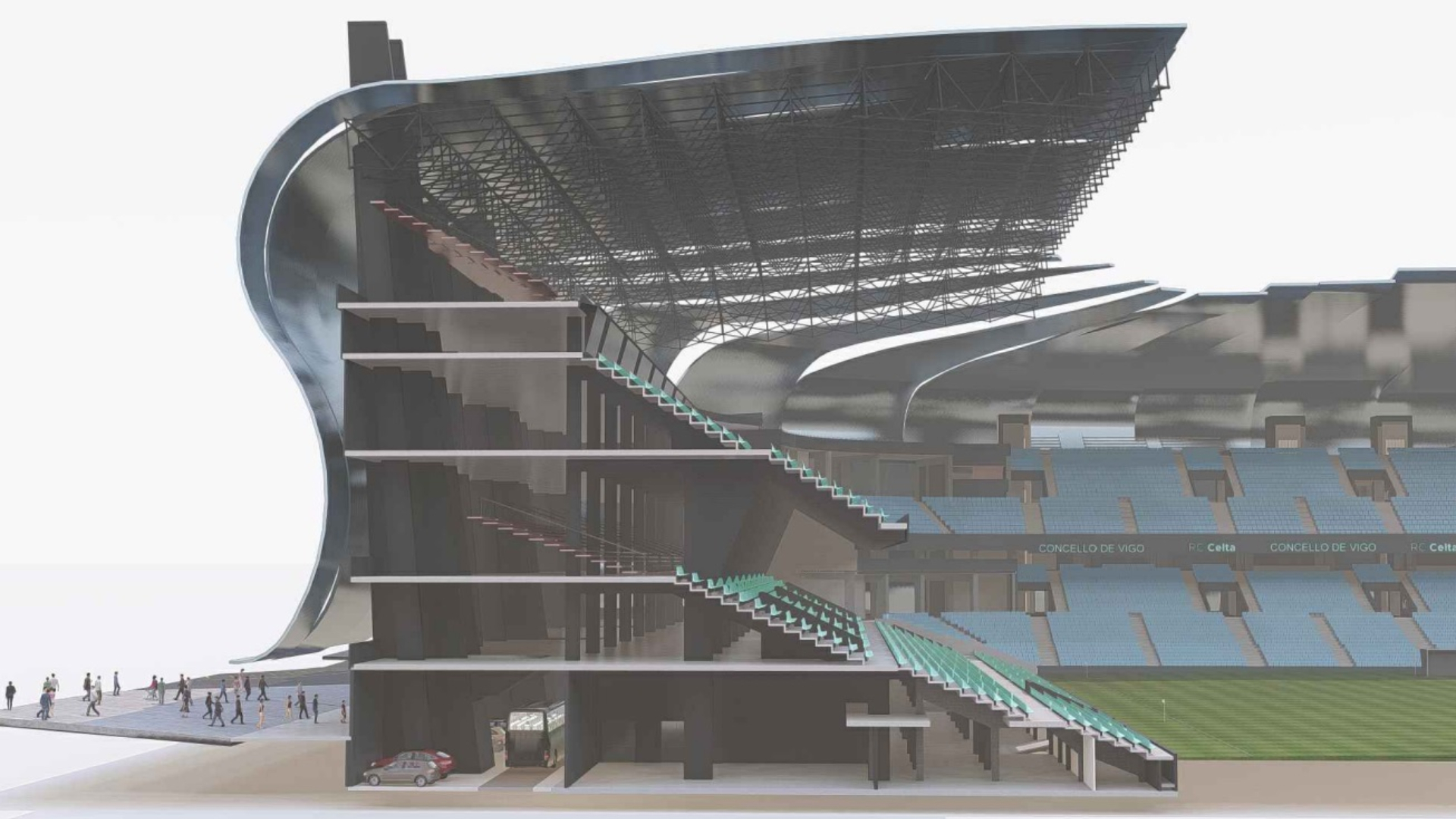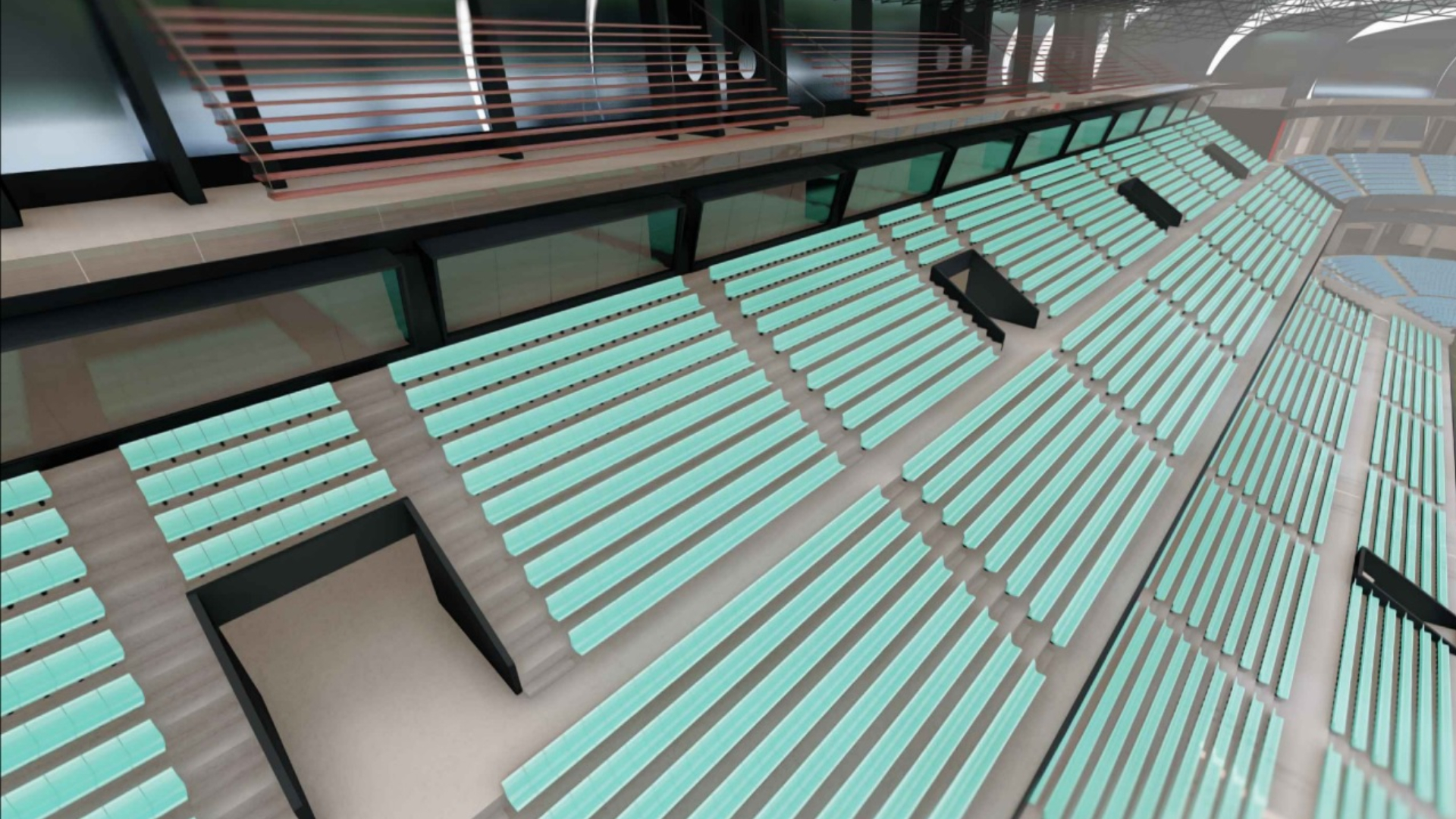The old football rivalry between A Coruña and Vigo may add a new chapter in a few weeks, when the RFEF makes official the definitive list of Spanish stadiums in the joint bid with Portugal (and Ukraine) to host the World Cup 2030. Riazor and Balaídos are on the preliminary list of 15 venues that the Federation has selected, but in the final proposal there will only be 11 Spanish venues, so there will be 4 stadiums that will fall out of the current selection. Due to how these 15 venues are distributed, it is possible that one of the two Galician stadiums does not make the final cut, and that the worst rival to host the 2030 World Cup in A Coruña is Vigo, and vice versa.
Last October, the Spanish and Portuguese federations announced that Ukraine was joining the bid, hosting group stage matches, but this novelty will not affect the initial distribution of stadiums: Portugal will contribute three (the Porto stadiums in Porto and those of Benfica and Sporting in Lisbon) and Spain will have eleven venues, whose final list will be announced “soon”. The candidacy will be finalized in the coming weeks to be presented in due time and form before FIFA, although the decision of which countries will host the 2030 World Cup will not be taken until 2024. The 2026 World Cup is also held in three countries, in this case Canada, the United States and Mexico, and it is the first in which 48 teams will participate, a figure that will be repeated in 2030.
The “coffee for everyone” of 82 cannot be repeated this time
The remembered 1982 World Cup in Spain, in which 24 teams participated, was held in a whopping 17 stadiums, many of which were completely renovated for the occasion. In the peninsular northwest The venues were A Coruña, Vigo, Gijón, Oviedo and Valladolid, while there were two cities with two stadiums (Madrid, Barcelona and Seville), and no headquarters in the two island communities. Cities such as Murcia or San Sebastián, present in the 2030 candidacy, were not hosts in 1982, while others that were (Oviedo, Valladolid, Elche and Alicante) are absent from the 2030 list.
What four stadiums will fall out of the 2022 proposal? Factors of all kinds will play. Of course, one of them is the infrastructures themselves, since capacities of more than 40,000 people are needed, and many of the pre-selected stadiums still do not reach that capacity. Politics and territorial distribution will also be one of the key factors.
For example, one might think that the Las Palmas de Gran Canaria venue should be excluded for simple reasons of convenience (it is more than two hours by plane from anywhere on the Peninsula), but that would mean marginalizing the Canary Islands for the same reason they are used to, in the most important sporting event that a generation will experience.
In the same way, the inclusion of the Espanyol stadium in Cornellá may attract attention, but currently has 40,500 viewers (more than Riazor, Balaídos and Molinón) and the Elite category awarded by UEFA. In addition, eliminating it would mean leaving Catalonia with only one venue, while Andalusia and Madrid, with a similar demographic weight, will most likely have two. Stadiums whose inclusion may surprise, such as the Nueva Condomina in Murcia, have a good chance of staying: Murcia is currently the seventh most populous city in Spain Not only would the 1.6 million inhabitants of his province go to the World Cup matches, but also the 1.8 million of neighboring Alicante, which had two venues in 1982 and in 2030 will have none. The Murcia stadium would “give the World Cup” to more people than the two Galician stadiums combined.
Similarly, Spain is not the same country as it was in 1982 in terms of population distribution. In 1982 Spain had 38 million inhabitants and in 2030 it will exceed 50, but those 12 million extra inhabitants they have joined, above all, Madrid and the entire Mediterranean coast and the southern part of the country. The demographic and economic weight of northern Spain as a whole is now (and will be in 2030) less than it was in 1982.
This means that, of the three stadiums that are pre-selected in the northwest of the peninsula, it is more than possible that one of them will fall, and most likely it is one of the two Galician stadiums, since removing the Molinón would erase the entire community of Asturias from the World Cup. A community more populated than Galicia, such as Valencia, only has one preselected venue (Valencia), while the only community smaller than Galicia with two venues in this first cut is the Basque Country, but for a reason: both San Mamés and Nuevo Anoeta are recently remodeled stadiumsprepared to host whatever is needed at this time, while many of the other thirteen will need substantial reforms and investments to be able to host a 2030 World Cup match.
There is, of course, an advantage that can play in favor of the two Galician venues staying or, at least, so that Vigo stays: the geographical proximity with Portugal, the co-organizer of the World Cup.
The exciting proposals of the new Riazor and Balaídos
Last November both city councils, A Coruña and Vigo, presented their respective proposals to reform their stadiums to host the 2030 World Cup. The new Riazor would have 45,000 spectators, increasing its current capacity by more than 40%, it would have a cost of 60 million euros and the idea of the city council is that will serve for host events “of the first magnitude” that will serve to “transform the city”.



In the case of Vigo, the new Balaídos would be made on the basis of the current one, which is completing its reform process, and additional stands would be added to reach 43,000 spectators.



The list of shortlisted stadiums and their capacities
This is the complete list of stadiums pre-selected by the RFEF for the candidacy of Spain, Portugal and Ukraine for the 2030 World Cup. As the Federation says, “the stadiums that must have a net capacity of between 40,000 and 80,000 spectators” , so there are eight, including the two Galicians, which at the moment would not reach that minimum of 40,000 spectators.


